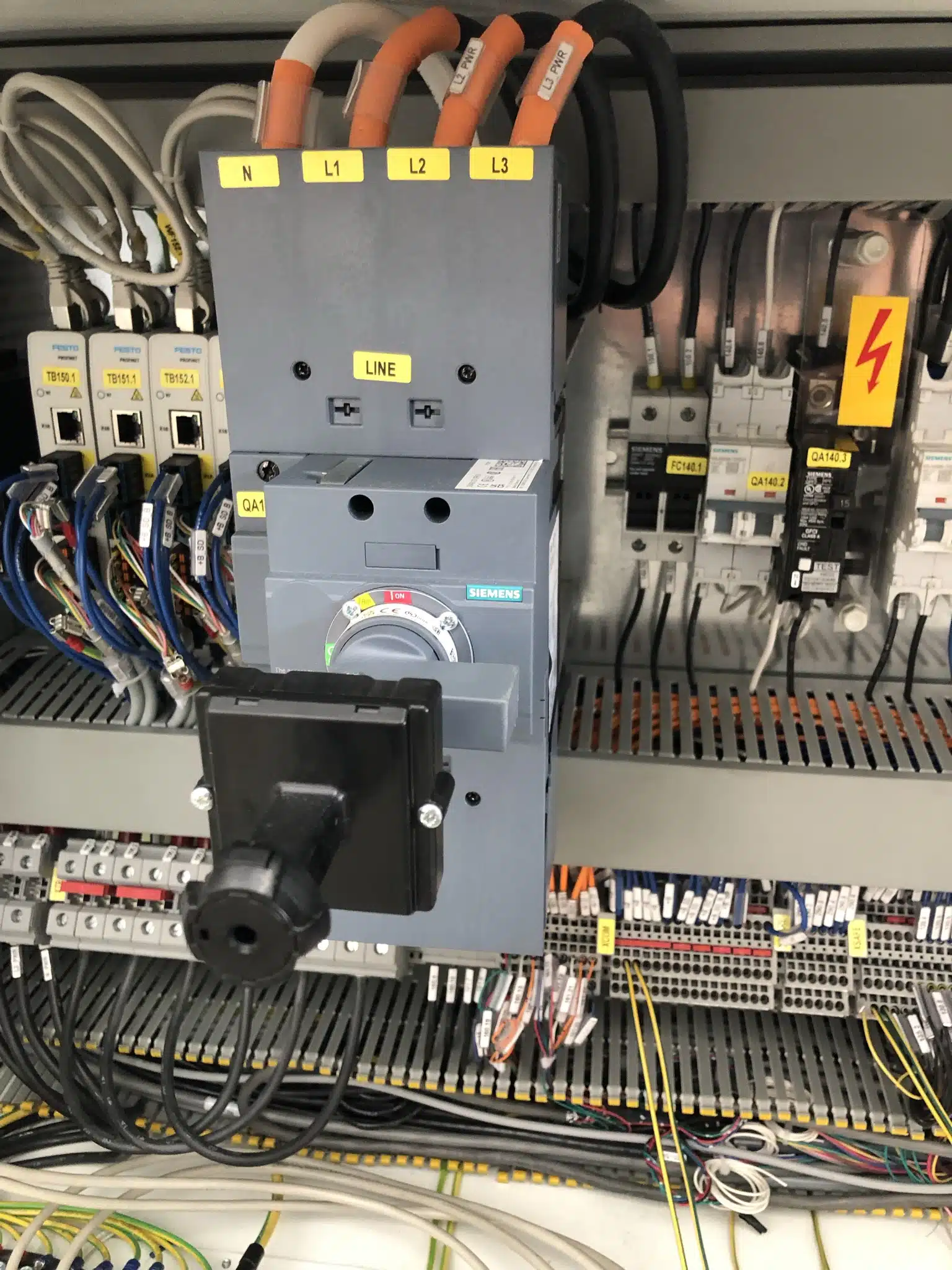Last edit: 19/07/2023

On the 13th July 2021 a revision was published. Hereafter the main changes in requirements
- It is made clear that "Self-protected Combination Motor Controllers " can be used to protect motor circuits only. For all other Branch Circuit Protective Devices (or BCPD), UL 489 circuit breakers and Fuses in compliance with UL 248 shall be used. Section 31.1.4 was modified.
- Since a few years we are discussing whether the Nameplate Data must be on the outside of the panel or it can be on the inside. We finally reached a compromise: the Label (that contains important data like the panel FLC and the Panel SCCR) can be on the inside; however, if the panel is for Industrial Machineries, the label much be on the outside. Therefore, the standard remains alligned with NFPA 79 that requires Nameplate Data "shall be attached to the outside of the enclosure". At the same time, it is alligned with several UL standards that allows the label to be on the inside, like UL 508. Table 52.1 was modified accordingly.
- It was finally clarified NOTE "b" in Table 38.1: Ampacities of control circuit conductors. The note stated that wire sizes of 20 to 26 AWG could be used "only for connection of control circuits for electronic programmable input/output and static control (having no moving parts)". That "and" should have been an "or" in reality. Now the new note clarifies that wires up to AWG 26 can be used "for connection of electronic control input/output and control devices". We are now fully alligned with NFPA 79, articole 12.6.4.2: "Conductors installed within control enclosures shall not be smaller than 26 AWG".
- Air conditioners should be provided with an SCCR. That is the meaning of the statement in 26.1.1 that they "shall comply with the requirements for general construction and power circuits". If they do not have one, they must be installed on an isolated secondary of a control transformer. The control transformer reduces the fault current to a value that will not cause any safety issue with the enclosure air conditioner in case a short circuit occurs. The new languange extends the exception, in section 26.1.1, to Air Conditioners.
Safety in Collaborative Robotics
There is no “Collaborative Robot”. That is one of the first statements you hear from people working in Collaborative Robotics. The reason is because...